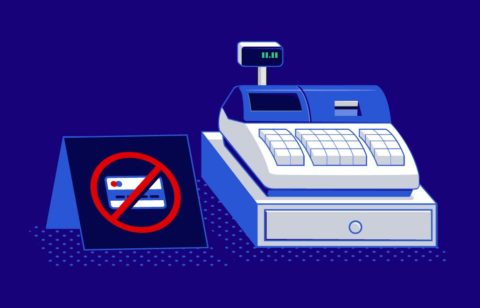You’ve decided to make the big move into homeownership. This is a very exciting time. You’ve found a realtor you trust and are ready to start house hunting. This process can be both fun and scary. After all, buying a house is most likely the biggest investment you will ever make and you want to make a great choice. One study done by the National Association of Home Builders revealed that the typical buyer of a single-family home can be expected to stay in the home approximately 13 years before moving out. Of course, you could be in that new house for many more years and it is important to get both a house and a mortgage you can live in comfortably.
How long will it take you to find that dream house?
One thing you can never be sure of at the beginning of your search is how long it will take you to find a house. A study published on Realtor.org revealed that the older you get, the more time you need to find a house. Those under the age fo 50 takes an average of 11 weeks while those who are older take an average of 8 weeks. We know of one couple that looked at eight houses over a weekend and then bought the fourth one they had seen. On the other hand, it could take you three months to find that dream house. There are a number of factors that go into the ideal house in addition to its price. You may want a house in a certain neighborhood with a certain kind of interior layout, a specific number of bedrooms and bathrooms, proximity to good schools, a fence for your dogs and one that’s in pristine condition. Finding a house that meets all of your criteria – especially if housing is hot where you live – can take a lot of time.
You could have one too many credit pulls
If it does take you a fair amount of time to find your dream house, then one too many credit pulls to get mortgage pre-approval could actually damage your score. If you’re not familiar with the term “credit pull” it’s where a prospective lender gets or pulls your credit score. If you’re outbid time after time on houses then that preapproval letter you got may have damaged your credit score. This is because preapproval requires what’s called a “hard pull” of your credit score. Too many of these pulls could impact your credit score so you won’t be able to get the best possible loan terms once you’re ready to officially move on to getting a mortgage.
There are ways to avoid this and here are tips that can help.
 Get prequalified first
Get prequalified first
The first thing you need to do to keep from becoming disappointed when you fall in love with a home only to find that you can’t afford it is to get prequalified. This is a fairly simple process. Your lender reviews your overall finances and then determines about how much house you could afford. This is based on the information that you provide and does not require a hard pull of your credit score.
Prequalification will tell you how much of a mortgage could probably qualify for so you could then start looking for houses. At this point, you might want to move forward with the preapproval process. As one expert has said there are a number of different factors that can put full approval at risk. For this reason, it is better to find a lender that will actually get you preapproved. When you do this your lender will then complete all of the necessary verifications, run your file through underwriting and then issue a loan commitment.
Shop within a certain time frame
You would probably not take the first automobile loan you’re offered but would shop around. It’s equally important to shop around for your preapproval. The credit reporting bureaus tend to be more lenient with multiple credit pulls within a certain timeframe because they understand you’re looking for the best lender and rate. According to FICO, you should try to keep the timeframe for your credit inquiries between 14 and 45 days. This is because all of the credit inquiries that are made during this timeframe will be treated as just one inquiry, which would decrease the risk of a massive hit that can give you a bad credit score.
Shop early and often
Most realtors stress that it’s important to start looking for your mortgage loan early and continue to look during the buying process. Preapprovals have a time frame. Most homebuyers are able to find and close on a property within their time frames. However, if you keep shopping for a lender during your time frame you might find one that will give you a better rate, which would start preapproval again.
How long your credit score lasts
When you get a preapproval and the lender has pulled your credit score it’s good for 120 days. If you can’t close on your dream home before the 120 days ends then your lender must again pull your credit score. Unfortunately, this could have a significant impact on the terms and the interest rate you will qualify for. So if you think you might go past the 120 days, try to update your credit report far enough in advance of your closing date to ensure that if there are changes that will need to be made they can be done in time.
Be like a Boy Scout
You undoubtedly know the Boy Scout motto of, “be prepared”. This should also be your motto. You need to understand the benefits of pre-approval and how your overall preparedness will increase the chances that you will get that dream home. Make sure you are financially fit to buy a house. This also means shopping in advance of when you “need” the home so that you’ll have found your real estate agent and your lender. Most important, if you are totally approved, can close quickly and have all of your lending ducks in a row you will have a big leg up on any competing offers. It would just be heartbreaking to lose out on that dream home just because another buyer was better prepared. After all, CNN.com revealed that Millennials are now actively participating in the home buying process. That could mean more buyers trying to look for their dream house. Make sure you can snag the house of your dreams by coming into the home buying process prepared.







